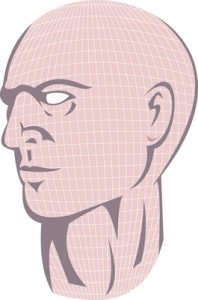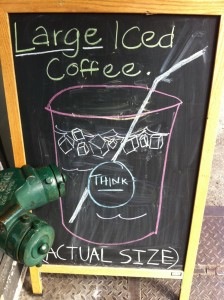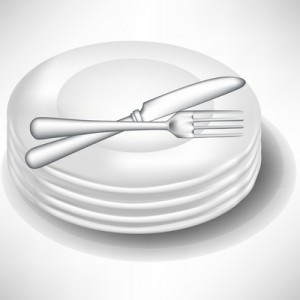 Argument. Stress. Overwhelm. Fatigue.
Argument. Stress. Overwhelm. Fatigue.
Cookies in the shopping cart. Candy bar from the gas station. Chips from the vending machine. Raiding the refrigerator for leftovers followed by ice cream.
Sound familiar?
You could be stuffed to the gills but all you can think about is getting that cookie, candy bar, chips, or leftovers and chowing down – even though you’re not hungry and probably won’t enjoy what you’re about to eat.
There’s Real Hunger And There’s Head Hunger
Real hunger or physiological hunger is your body’s way of telling you that it’s time to eat food because your body needs nourishment. It’s when you have that empty, rumbling feeling in your stomach, a headache, maybe some lightheadedness and difficulty concentrating. It usually starts around four hours (plus or minus) after your last meal.
Head hunger or psychological hunger doesn’t really have physical symptoms and can happen at any time. It can be triggered by emotional situations, habits you associate with food or eating (like watching TV, working on the computer or driving in the car), by food cravings, or can be a form of procrastination. Whatever triggers your head hunger can make you think you’re hungry when you’re really not.
Emotions: Common Triggers For Eating
Emotions are common triggers for eating. Head hunger is a form of emotional eating that is usually in response to stress, sadness, loneliness, anger, fear, fatigue, overwhelm, or boredom.
Head hunger also serves as a distraction because the eating it provokes can be a way to distract yourself from difficult situations, projects, and encounters.
The feelings and situations that create head hunger are a part of your life. Eating won’t make them go away. Eating in response to head hunger often keeps you from figuring out what’s causing the feeling in the first place.
“I want chocolate” might really mean “I need comfort” or “I worked my tail off and I really need to be recognized for it.” Those trips back and forth to the fridge or the vending machine might be the ultimate form of procrastination – is there a project that needs to get done that you’re struggling with?
What To Do
Wouldn’t it be great if it was as simple as figuring out what’s causing your head hunger and dealing with it. Actually, that’s the answer. Eating can’t really satisfy your emotional needs. Left unmet, those needs will trigger your head hunger over and over. So, you overeat, you mentally beat yourself up, you feel awful, and the whole process is triggered all over again.
To break the pattern, first stop beating yourself up when you do eat in response to head hunger (as opposed to eating because you’re starving and your stomach is growling like crazy).
Devise a plan to figure out what caused you to eat in the first place. Try keeping a written record of what happened and how you felt before your head hunger took control. Looking back at a series of entries might give you a clue. Once you get a handle on your triggers, come up with a plan to deal with them and make a “go-to” list of ways to reward, calm, comfort, and/or distract yourself without resorting to eating when you’re not actually physically hungry.
Allow yourself to figure out what “real” hunger actually feels like and the feelings that accompany true hunger.



